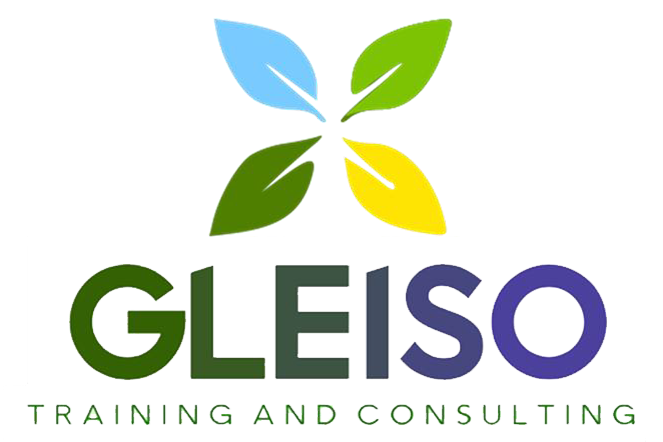1. Training Objectives:
The primary objective of this training is to develop professional training and presentation skills in participants, equipping them with the necessary expertise to become effective trainers. By combining theoretical knowledge with practical experience, this training will facilitate participants’ transition into professional trainers. Through training methodologies, presentation techniques, and hands-on exercises, participants will acquire the essential knowledge and skills to enhance the effectiveness of their training sessions.
Who Can Participate ?
- Individuals who aspire to become trainers and build a professional training career.
- Those looking to improve their presentation skills and learn effective training techniques.
- Anyone interested in conducting training sessions and learning training methodologies.
2. Key Learning Outcomes:
Upon completing this course, participants will:
- Acquire the necessary skills and competencies to become a successful trainer.
- Gain knowledge of modern teaching methods.
- Learn how to apply theoretical knowledge in practical training sessions.
- Develop and apply effective communication and presentation skills.
- Enhance their ability to create structured training sessions and prepare impactful presentations.
3. Training Topics:
1. Pre-Test:
Assessing participants’ knowledge level before the training begins.
2. Introduction:
Discussing training objectives and participant expectations.
Understanding the importance of being a trainer and conducting training.
3. What is Training?
Basic concepts of training.
Roles and responsibilities of trainers.
4. Training Methods:
Introduction to various training techniques.
Selecting the most suitable training method for different scenarios.
5. Learning Pyramid:
Understanding the structure of training and the pyramid approach.
Information retention and memory techniques.
6. Presentation Planning:
Stages of preparing a presentation.
Structuring and organizing presentation content.
7. Four-Stage Presentation Development:
Planning, material preparation, delivery, and evaluation.
8. Enhancing Presentations with Tools:
Using visual and audio aids in presentations.
Strengthening training impact with supporting tools.
9. Learning Phases:
Understanding the different stages of learning and knowledge retention.
The importance of listening techniques.
10. Listening Techniques:
Explanation of active and passive listening methods.
Applying effective listening strategies during training sessions.
11. Group Work 1:
Practical exercises to enhance training skills.
12. Visual Support:
Use of visual elements such as graphs, images, and charts for presentations.
13. Communication Skills:
Understanding the “I-You” language approach and essential communication techniques.
14. Importance of Body Language in Presentations:
The role of body language in delivering effective presentations.
Techniques for improving the impact of presentations using body language.
15. 10 Key Factors for a Successful Presentation:
Discussion of the most critical elements for an effective training session.
16. Group Work 2:
Practical group exercises to apply learned skills.
17. Post-Test:
Assessing participants’ knowledge and skills at the end of the training.
18. Conclusion:
Summarizing key training concepts.
Recommendations for participants to transition into professional trainers.
4. Training Details:
- Duration: 2 days (1 day theory, 1 day practical)
- Number of Participants: Minimum 8
- Languages: Azerbaijani, English, and Russian
- Certification: A certificate will be awarded to participants who successfully complete the training.
